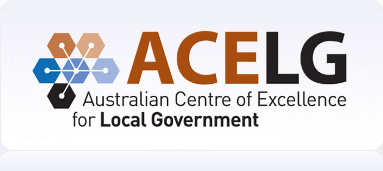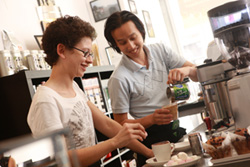Overview
 Effectively building social cohesion requires partnerships between local government and a range of other government and non-government organisations. These partnerships need to be established for the long term and although they may sometimes be dormant, they need to be able to be reactivated quickly when a rapid response to an issue is required.
Effectively building social cohesion requires partnerships between local government and a range of other government and non-government organisations. These partnerships need to be established for the long term and although they may sometimes be dormant, they need to be able to be reactivated quickly when a rapid response to an issue is required.
Bringing the right individuals and groups together in a collaborative way increases the reach and impact of initiatives to build social cohesion. If local governments do not have existing partnerships when required, such as reference or advisory groups, it may be better to facilitate connections via other organisations.
Identification of possible partners occurs during stakeholder identification and engagement. It is important that partnerships involve different stakeholder groups, including:
- Business partnerships
- Community partnerships
- Partnerships with the police
- Partnerships across local government
- Interagency partnerships.
| Example: VicHealth's LEAD program – Setting up partnerships |
The City of Whittlesea and Greater Shepparton City Council, participating councils in the Localities Embracing and Accepting Diversity (LEAD) program, needed to establish partnerships with organisations they had never dealt with before. These took longer to set up than planned, which then reduced the time allocated for implementing change.
Source: VicHealth (2014). Localities Embracing and Accepting Diversity (LEAD) program: Summary report. p.27.
| Tip: Establishing long-term partnerships |
Learnings from local government experience shows:
- Establishing partnerships for the long term takes time
- A need to identify partners and key points of contact early on and keep track of changes in personnel in stakeholder agencies
- Connecting via another organisation may help if it means reaching the right partner sooner
- Partnerships need to be established on an organisational not personal basis to ensure longevity.

 Unemployment, lack of employment opportunities and income inequality can affect social cohesion in communities, so it is important for local governments to play a role in supporting job creation and economic self-sufficiency.
Unemployment, lack of employment opportunities and income inequality can affect social cohesion in communities, so it is important for local governments to play a role in supporting job creation and economic self-sufficiency. 

